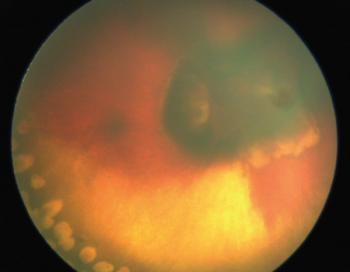
Techniques, technologies minimize complications and guide counseling, care.

Techniques, technologies minimize complications and guide counseling, care.
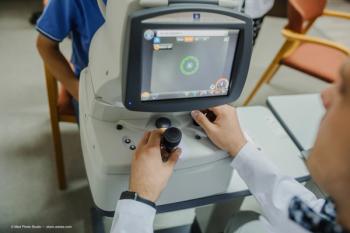
Option detects treatment-naive nonexudative macular neovascularization in eyes with dry age-related macular degeneration

Visits, elective procedures decreased as physicians responded to COVID-19 guidelines.
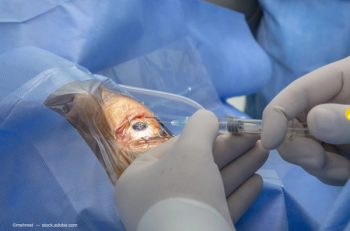
Interim data from a cross-sectional study raise concerns that repeated intravitreal injections of an anti-VEGF agent may be associated with a decline in cognitive health.
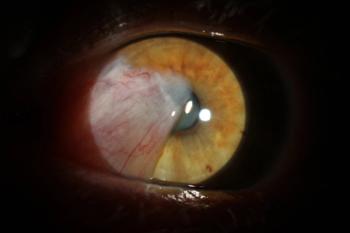
Interest stems from the recognition that the number of people affected with cataracts is expected to increase in association with population aging while access to cataract surgery is limited in areas throughout the world.

Findings from large retrospective study support intraoperative cefuroxime irrigation
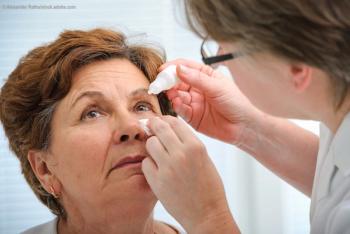
A vehicle-controlled phase 2 study investigating once- and twice-daily administration of a novel, preservative-free topical formulation of dexamethasone as treatment for pain and inflammation after cataract surgery met its primary endpoints.

New loteprednol gel reduces drop burden for treatment of postoperative inflammation, pain
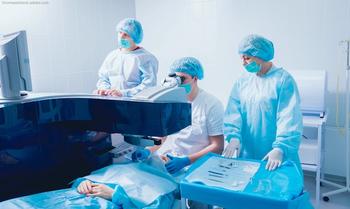
Robin R. Vann, MD, and Douglas D. Koch, MD, discuss the nuances of the procedure

Multifocal IOLs offer the potential to reduce spectacle dependence, but outcomes vary depending on optical design. Optimizing success and satisfaction depends on careful patient selection, thorough counseling, and good surgical technique.

A study provides new insight on the risk of early ocular surface-related complications among patients undergoing CXL for keratoconus.

Measurement of corneal parameters using dynamic ultra-high-speed Scheimpflug photography (CorVis ST, Oculus) is an effective method for discriminating between normal and biomechanically compromised or ectatic corneas, including very mild cases of forme fruste keratoconus (FFKC), according to the results of a retrospective study reported by Renato Ambrosio Jr., MD, PhD.

Data from 6 months of follow-up in a randomized, contralateral eye comparison study demonstrate LASIK performed using a proprietary "optimized prolate ablation" algorithm provides superior results compared with a conventional ablation technique.

Results from a small study indicate the feasibility, safety, and efficacy of improving near vision in patients with previous LASIK by implanting a small-aperture corneal inlay into a femtosecond laser-created corneal pocket.

The cornea maintains a better prolate shape after myopic PRK using a wavefront-optimized versus a wavefront-guided ablation profile.

Procedure room humidity appears to have a small effect on best-corrected visual acuity outcomes after corneal laser refractive surgery, but variations in humidity or temperature do not appear to affect uncorrected visual acuity outcomes, the incidence of diffuse lamellar keratitis after LASIK, or need for enhancement after myopic LASIK or LASEK.

Results from the first clinical trial of myopic LASIK with a new advanced wavefront-guided system are excellent and indicate the procedure is an acceptable and efficacious alternative to conventional LASIK.

Gonioscopy remains the gold standard technique for assessing the anterior chamber angle, but ultrasound biomicroscopy and anterior segment optical coherence tomography can be useful adjuncts for glaucoma patient care.

Strict inclusion criteria apply for using the femtosecond laser flapless intrastromal procedure to treat presbyopia.

Recently released topline results from a phase Iib clinical trial of treatment for neovascular age-related macular degeneration show significantly greater improvement in visual acuity among patients receiving combination therapy with Fovista, an investigational aptamer directed against PDGF-B, plus anti-VEGF therapy compared with anti-VEGF therapy alone.

Available observational evidence indicates that increased time spent outdoors is inversely associated with prevalent myopia, according to the findings of a systematic review and meta-analysis presented by Anthony Khawaja, MBBS, and colleagues.

Adherence of patients with glaucoma to their follow-up appointments prior to trabeculectomy can be used to predict the outcome of the surgery, according to the results of a retrospective study presented by Ian A. Rodrigues, MBBS.

Results of defocus curve testing in eyes with a refractive multifocal IOL implanted as part of a prospective, multicenter comparative trial are better for the +3-D near-add version of the lens compared with the +4-D near-add platform with regard to intermediate visual acuity.

Data from multiple epidemiologic studies provide evidence linking myopia with an increased risk of open-angle glaucoma.

You might be reluctant to fit more children in contact lenses into your optical dispensary because you think it's difficult and time-consuming. However, the extra chair time is minimal, and the final rewards for the patient, the family, and you can be great, especially when contact lenses are medically necessary.

Refractive outcomes with toric IOL implantation can be improved by taking into account the astigmatism of both the anterior and posterior surfaces of the cornea.

Results of a preclinical study demonstrate the feasibility of implanting a next-generation injectable version of a telescope prosthesis for end-stage macular degeneration and suggest it has promising advantages for improving surgical ease and safety.

Planned anisometropia in patients with long-standing diplopia who are undergoing bilateral cataract surgery can be a triple-win situation, providing clear uncorrected vision at both distance and near while simultaneously eliminating or reducing awareness of pre-existing double vision.

On April 20, Abbott Medical Optics announced that it had received FDA clearance for use of the 150-kHz iFS advanced femtosecond laser to create arcuate incisions during corneal surgery, including cataract surgery.

Understanding the cause of elevated IOP in patients with uveitis is the basis for developing a rational treatment plan.

Published: September 1st 2020 | Updated:
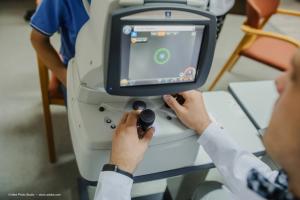
Published: August 2nd 2021 | Updated:

Published: October 1st 2020 | Updated:

Published: February 28th 2021 | Updated:
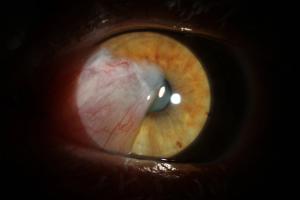
Published: November 1st 2020 | Updated:

Published: September 1st 2016 | Updated: